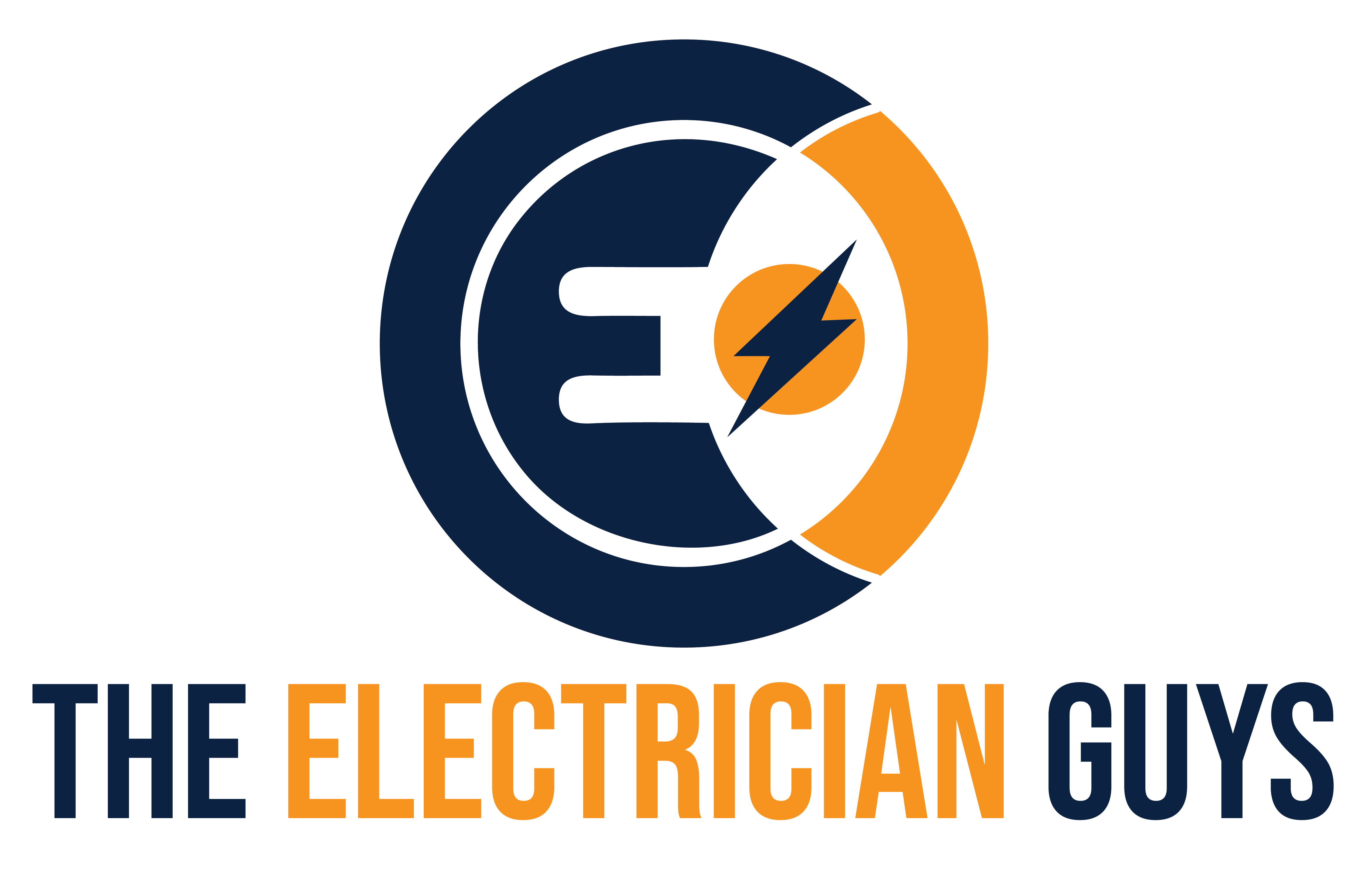Electrical Terms and Definitions
Learn or Increase your Undertsanding of Electricity Terms, Language, and Vocabulary
Understanding electricity requires basic electrical vocabulary. It’s natural to get confused when speaking to an electrician who has years of experience. Standard electrical terms get defined in this article for everyone to learn. I wish I had a more solid understanding of electrical terminology when I started my electrical journey. Let’s get to this extensive listing of electrical terms.
Alternating current (AC): Electric current can change direction at regular intervals.
Amps: The current flow through the conductor is measured.
Atom: The smallest part of everything. The atoms that make up the world are different.
Battery: A direct electric current (DC) is created by a single or a group of connected electric cells.
Blackout: There was a loss of power from the distributor.
Brownout: The electric power distributor reduced the voltage for a while.
Capacitance: There is an electrical charge that a component can store.
Charge: A surplus or shortage of electrons in an object can be used to make electricity.
Circuit: The path leads to a current of electricity.
Conductor: There is a substance that allows electrical current to pass through it.
Current: There is a conductor that moves or flows electricity.
Direct Current (DC): The electric current is only moving one way
Distribution Lines: You can use overhead or underground power lines to get electricity to your house or business.
Electricity: The flow of electrons.
Electron: The nucleus of an atom has a negatively charged particle circling it. The electrons flow and produce power.
Energy: Being able to do work. The word energy means power.
Energy Management System: There is a system that ensures safety, security, and reliability to the electrical network.
Fission: Heat energy is released when the nucleus of an atom is split.
Fuse: A wire or strip of fusible metal is used in an electrical safety device to melt and interrupt a circuit when it gets too much.
Generator: A machine makes electrical energy from mechanical energy.
Geothermal Energy: Beneath the earth’s surface is where heat energy is kept.
Ground: There is a connection to the ground.
Grid: There is a layout of the power lines and substations.
Hydroelectricity: A turbine spins when water flows through it.
Insulator: Any material that will prevent electricity from flowing through it.
Kilowatt (kW): The unit can measure electrical energy. (demand)
Kilowatt Hour (kWh): In an hour, a kilowatt of electrical energy is produced or used. (energy)
Lightning: There is a flash of light between two clouds or between a cloud and the ground.
Lightning Arrestor: A device is used to protect a piece of electronics.
Load: There is a device that uses electric power.
Magnet: A magnetic field surrounds an object that can attract either iron or steel.
Magnetic Field: There is an identifiable force around the electrical field.
Megawatt: One million watts.
Meter: The instrument is used to record the amount of electricity that goes through it.
Motor: A device that converts energy to something else.
Neutron: A neutral electrical charge is found in the nucleus of the atom.
Nuclear Power: A nuclear reactor splits atoms to create energy.
Nucleus: There is a nucleus in the center of the atom.
Ohms: There is a unit of measurement for electrical resistance.
Power: The watt is used to measure energy.
Power Factor: The inefficient use of power is related to the ratio.
Proton: There is a particle in the nucleus of the atom.
Radio: A device that can send or receive messages through the air is called an electrical device.
Resistance: There is resistance to electricity flowing through the material.
SCADA Systems: A computer system is used to keep an eye on equipment and control of data.
Socket: There is an opening into which something can fit.
Solar Energy: The sun’s heat or light produces energy.
Spike: It takes only half of a cycle for the increased voltage to last.
Static Electricity: There is an electrical charge built up when there are two different materials.
Substation: There is an electrical facility where you can reduce high transmission voltages.
Surge: A temporary increase in voltage.
Switch: You can use an electrical component to connect, break, or change connections.
Thermal: The heat may be used, produced, or caused.
Thermography: A technique that can be used to detect and measure the heat from an electrical distribution panel. It can be recorded with a camera.
Transformer: A device that raises or lowers electricity’s current and voltage.
Turbine-generator: The generator field has a large fan with it. The force of water, steam, or hot exhaust gases rotating the turbine is what puts this turbine into motion.
Volt: The force used to generate the electric current is measured.
Watt: Electric power gets measured in a unit of watts.
Wind turbine: Is a machine that takes energy from the wind and converts it into electricity.
That’s all the necessary electrical terms you need to know. I will continue to update this reference as electrical slang changes or develops. These are most of the words affiliated or related to electricity. Expanding our vocabulary can totally help our understanding of the complicated electricity industry.

